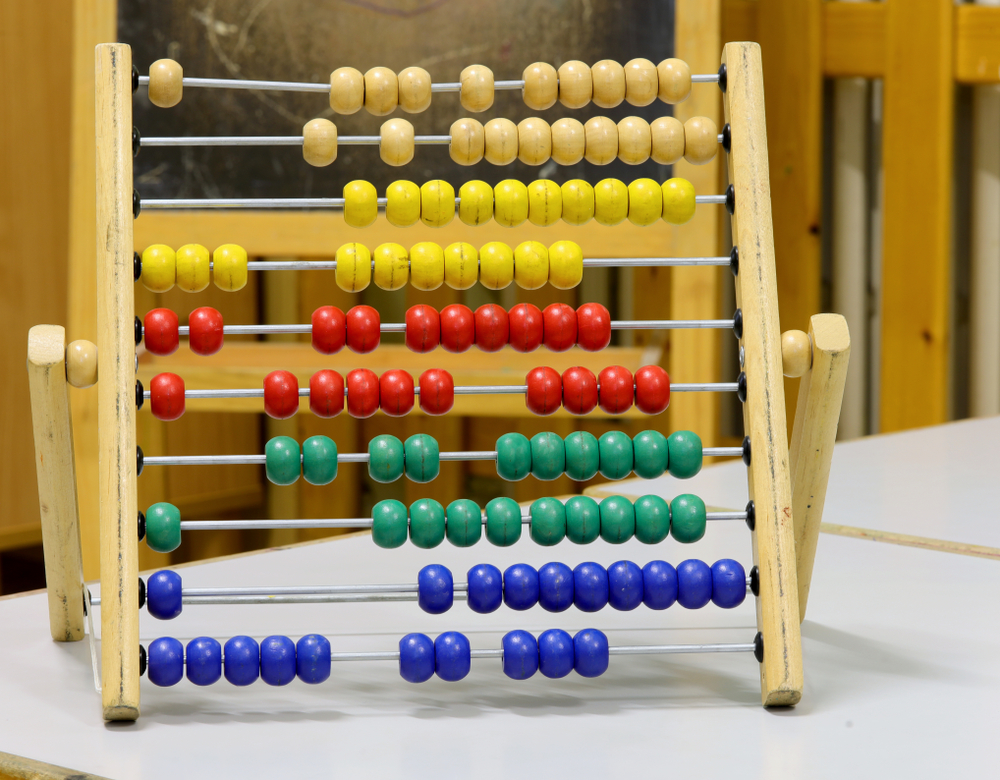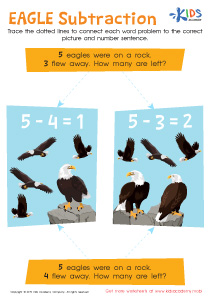Understanding Sequences Addition Worksheets for Ages 4-9
16 filtered results
-
From - To
Enhance your child’s mathematical skills with our “Understanding Sequences Addition Worksheets” designed for ages 4-9. These engaging worksheets introduce young learners to the concept of sequences while practicing their addition skills. Each worksheet is crafted to help children recognize patterns and develop critical thinking as they solve addition problems in sequence. Through colorful illustrations and age-appropriate challenges, students will enjoy mastering this foundational math concept. Our printable resources encourage independent learning, aiding in cognitive development and boosting confidence in math. Explore our collection today and empower your child to excel in mathematics through fun, interactive learning experiences!
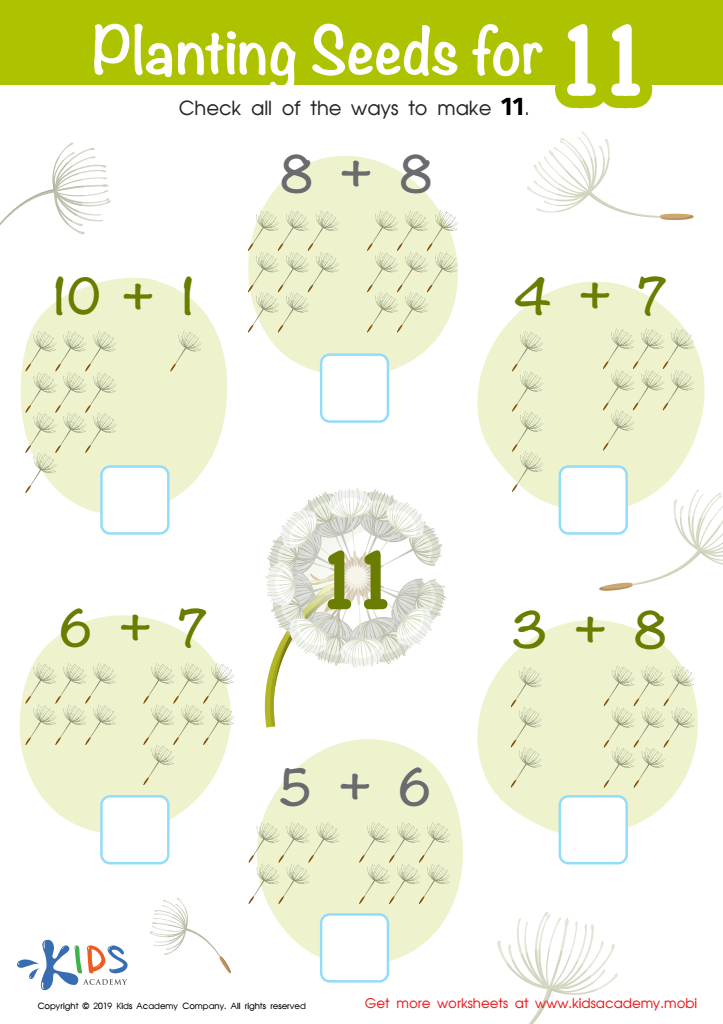

Planting Seeds for 11 Worksheet
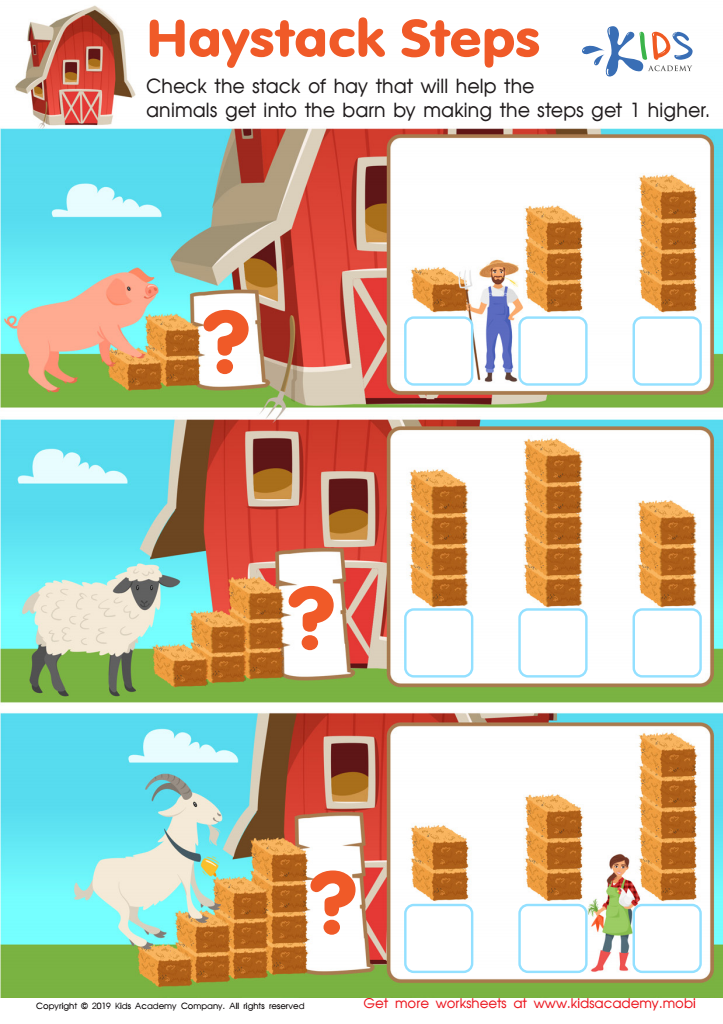

Haystack Steps Worksheet
Understanding sequences in addition is crucial for young learners aged 4 to 9, as it lays the groundwork for more complex mathematical concepts. Parents and teachers should care about this foundational skill for several reasons.
Firstly, early mastery of sequences in addition helps children recognize patterns, which is a key mathematical process. Recognizing these patterns not only aids in their understanding of addition but also sets the stage for future topics like subtraction, multiplication, and division. Children who grasp sequences can develop strong problem-solving skills and logical thinking.
Moreover, sequences in addition can boost a child's confidence in math. When children view numbers and operations as part of an interconnected system rather than isolated facts, they are more likely to develop a positive attitude toward math. This confidence translates into increased engagement and perseverance when faced with challenges.
Additionally, a strong grasp of sequences enhances mental math capabilities, enabling children to compute quickly and intuitively. This skill is essential in everyday situations, fostering independence and facilitating a better understanding of numerical relationships.
Encouraging a focus on sequences not only benefits academic performance but also prepares children for a successful mathematical journey throughout their education. Thus, supporting this early learning reinforces the importance of mathematical literacy in a child's overall development.
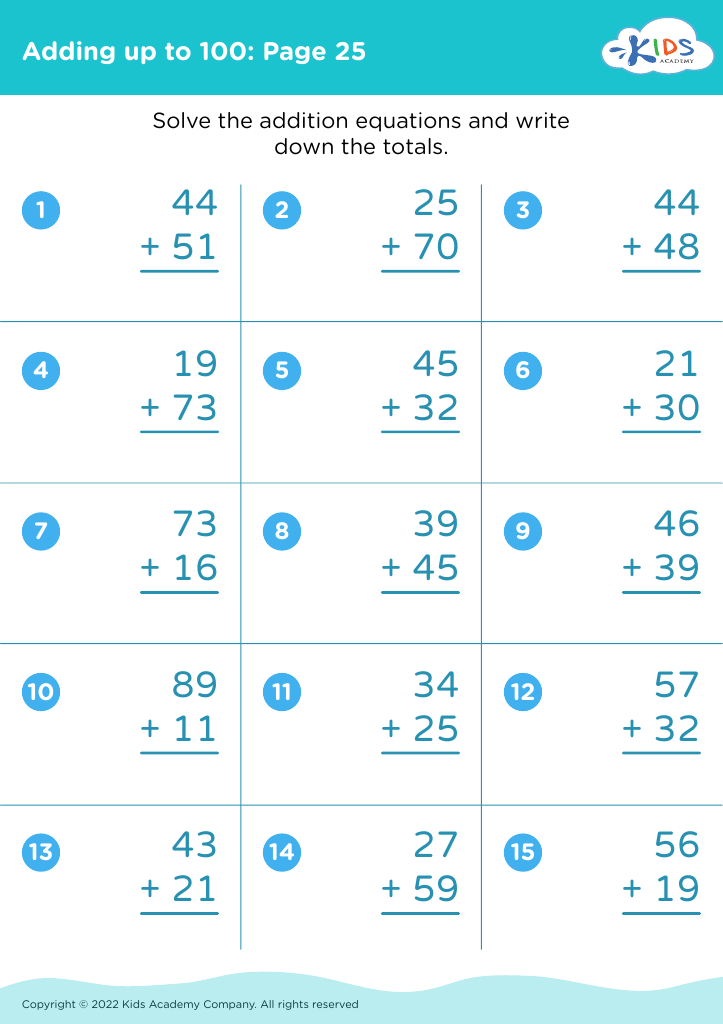

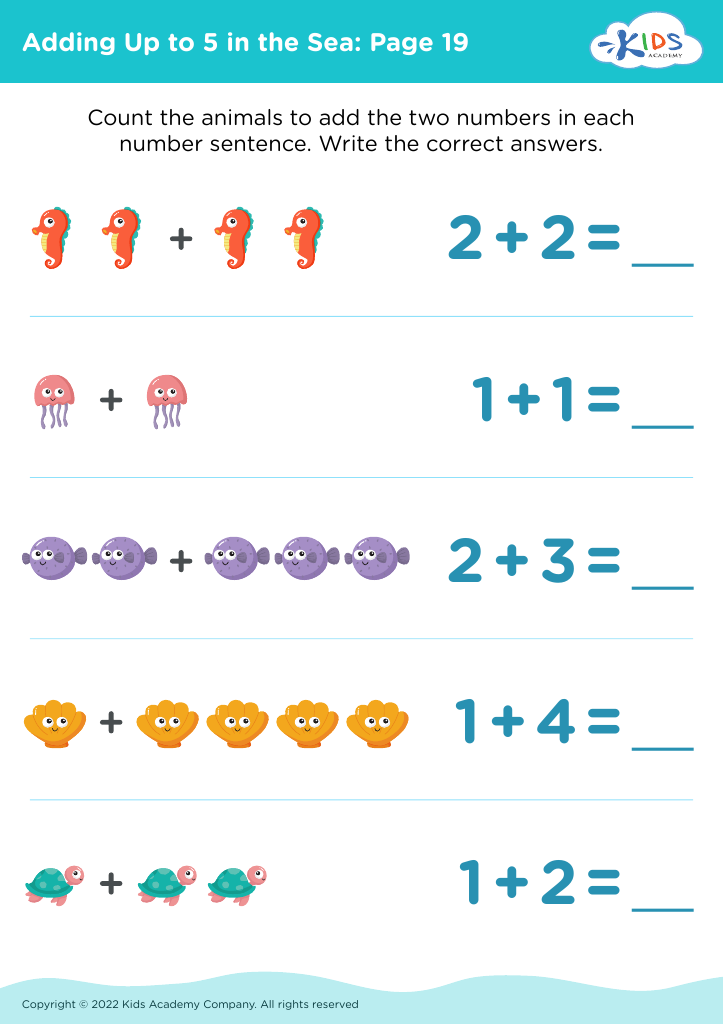
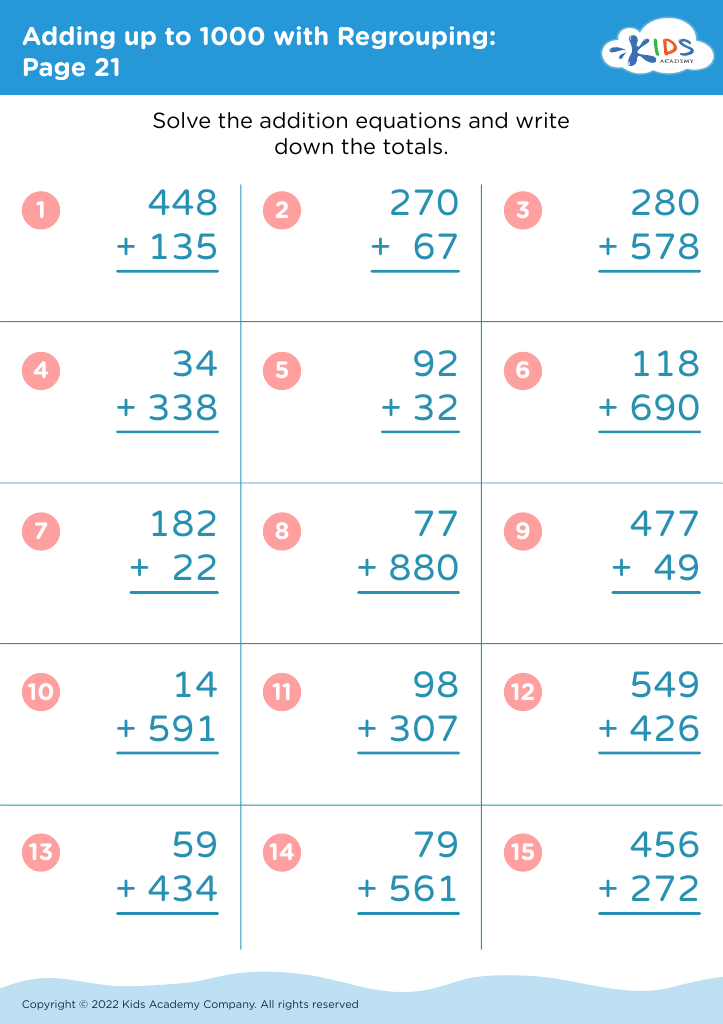
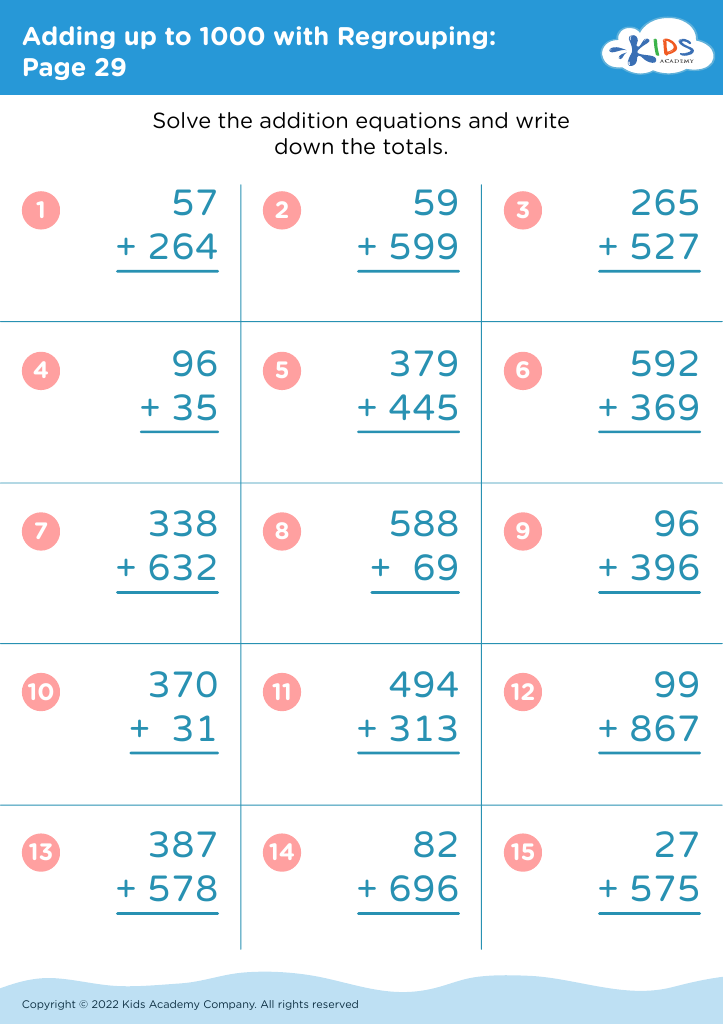
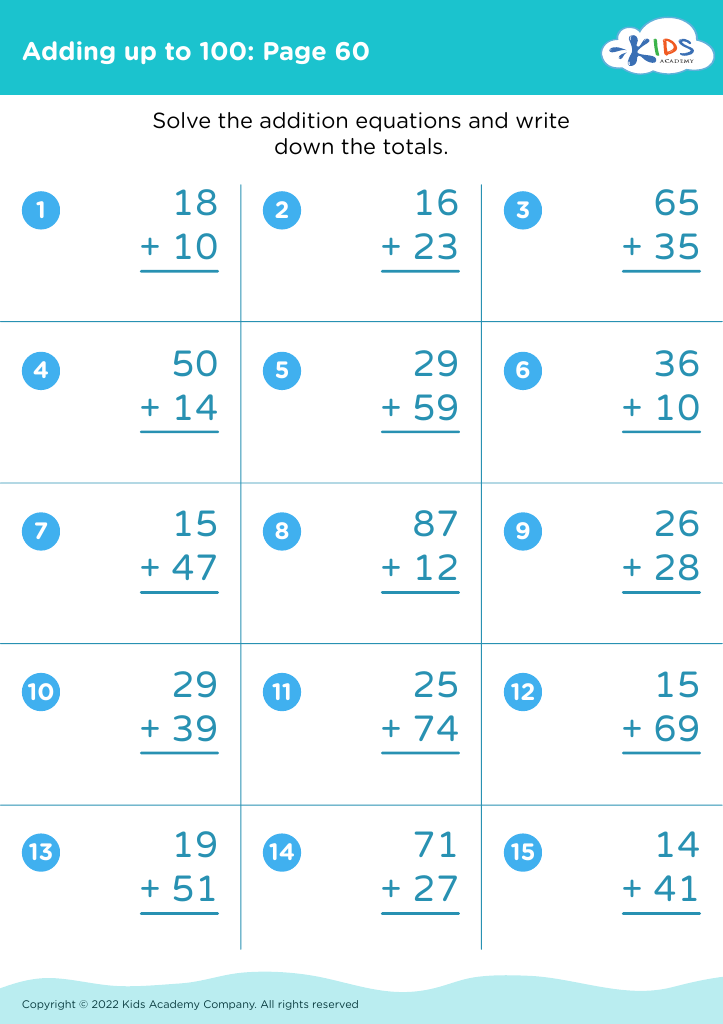

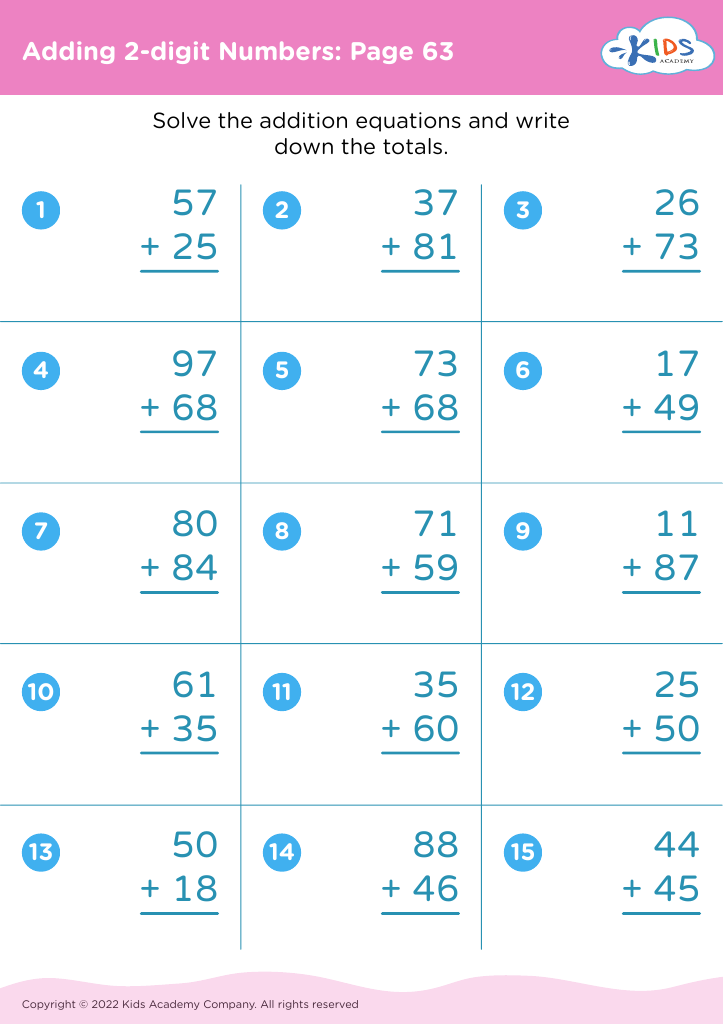
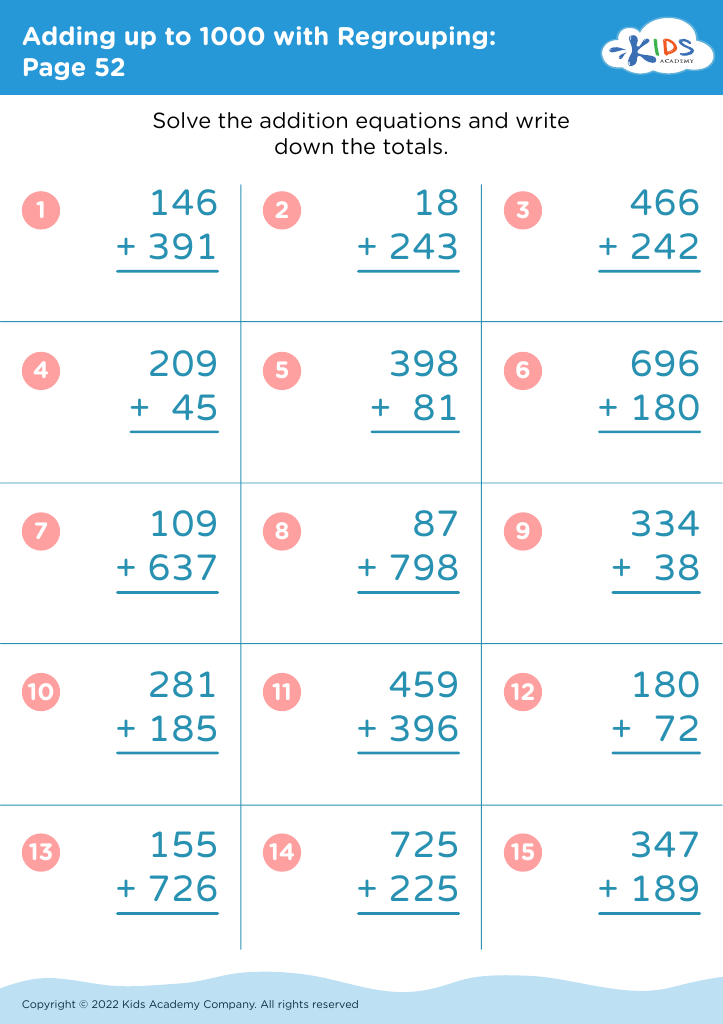
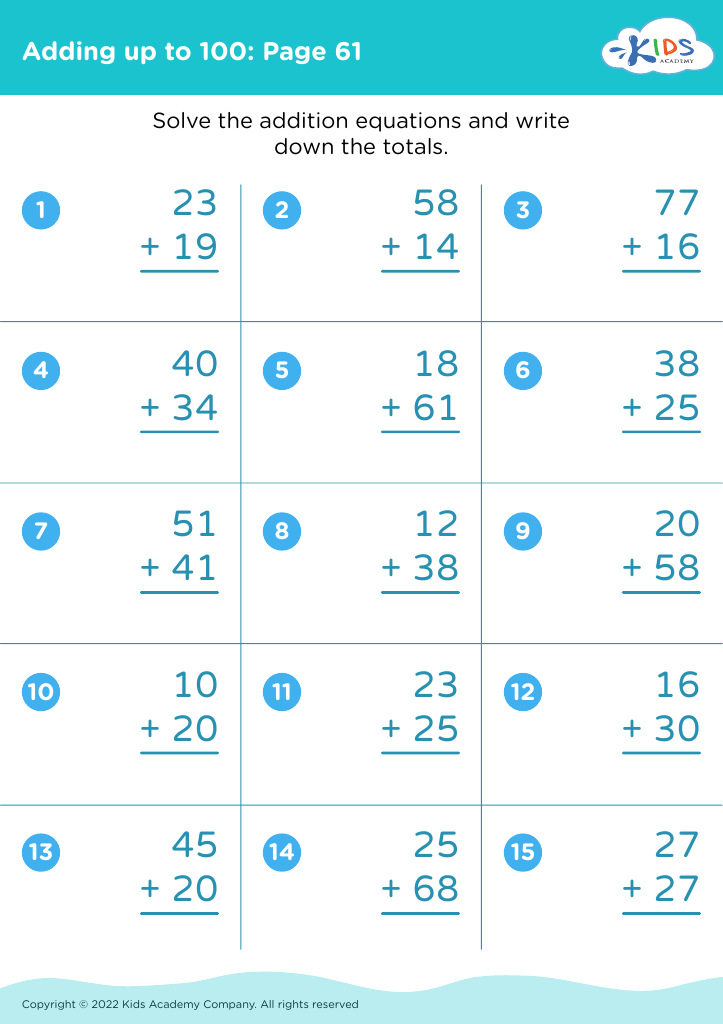
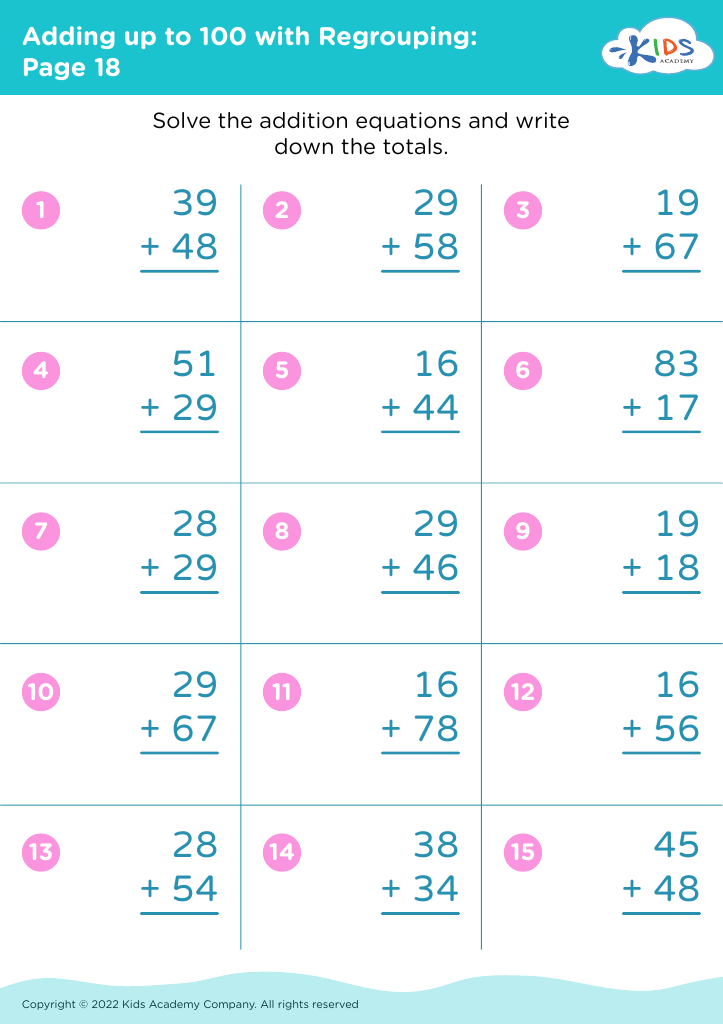
 Assign to My Students
Assign to My Students
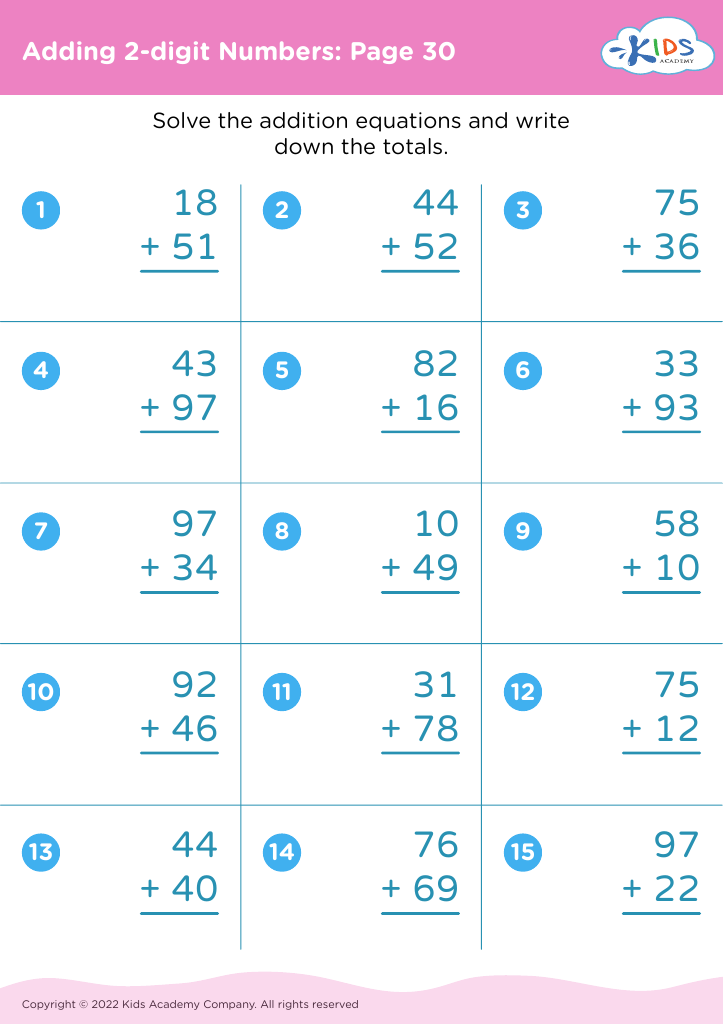
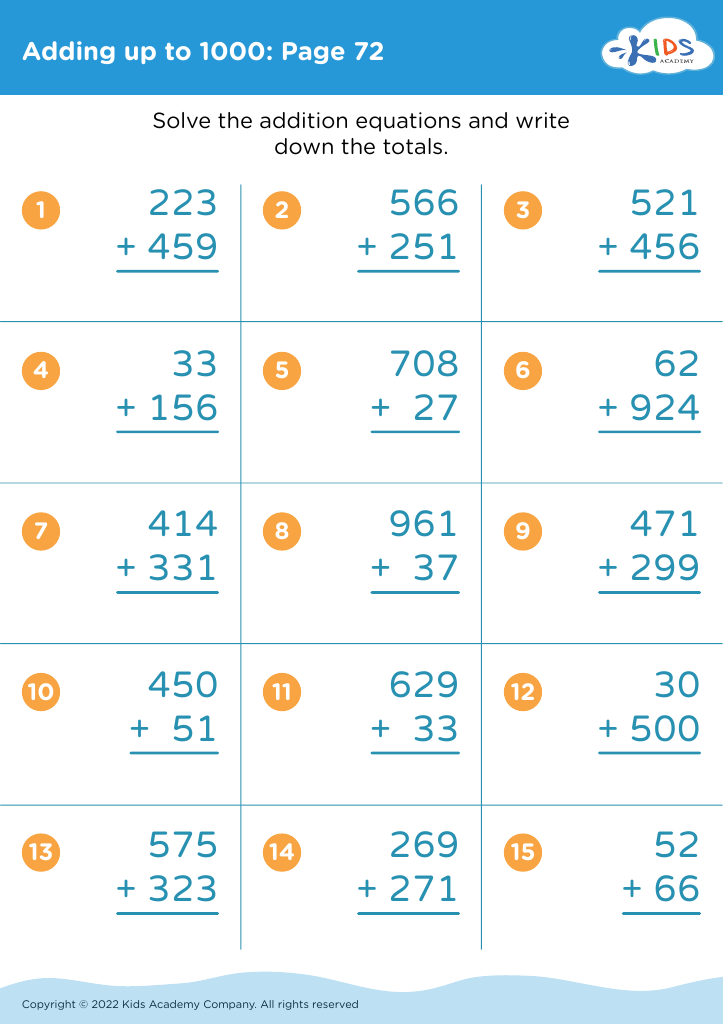

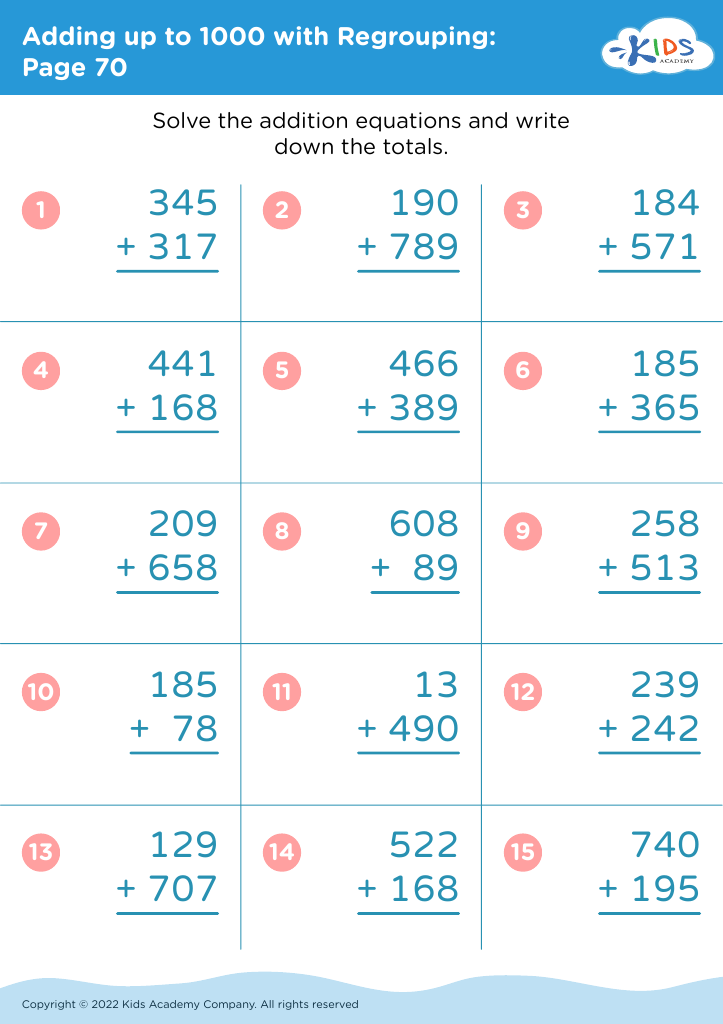
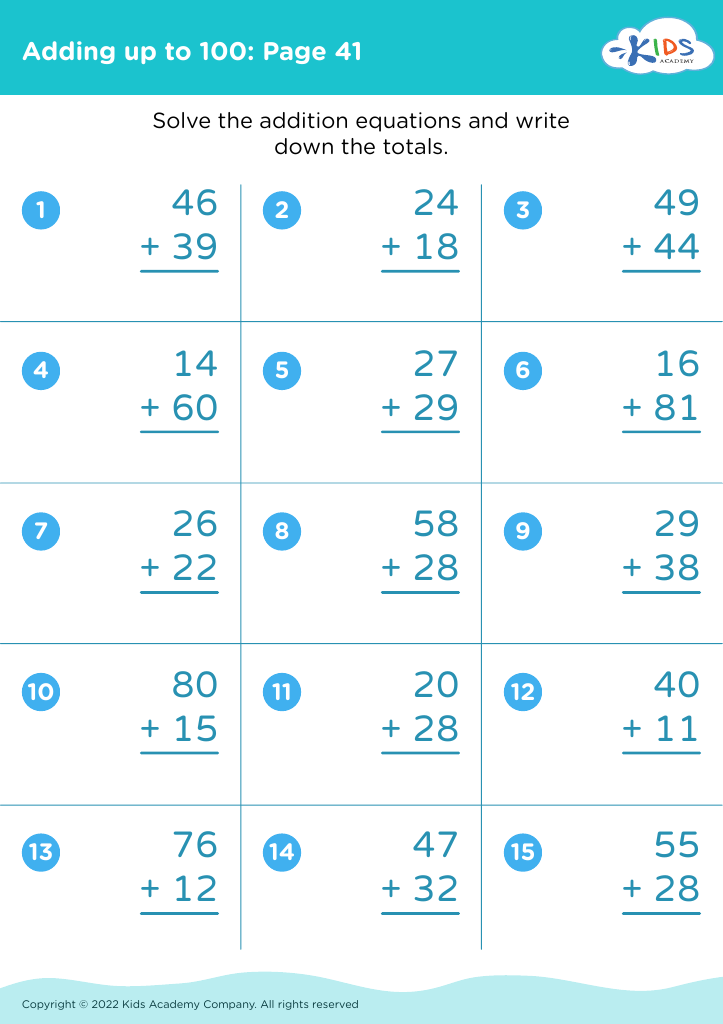
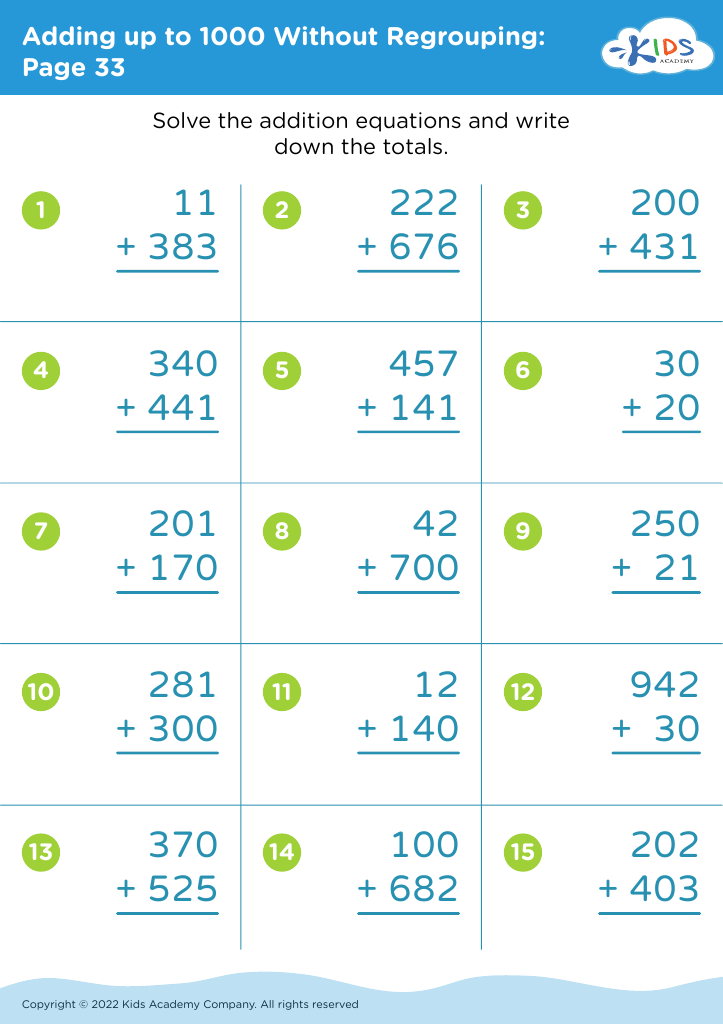




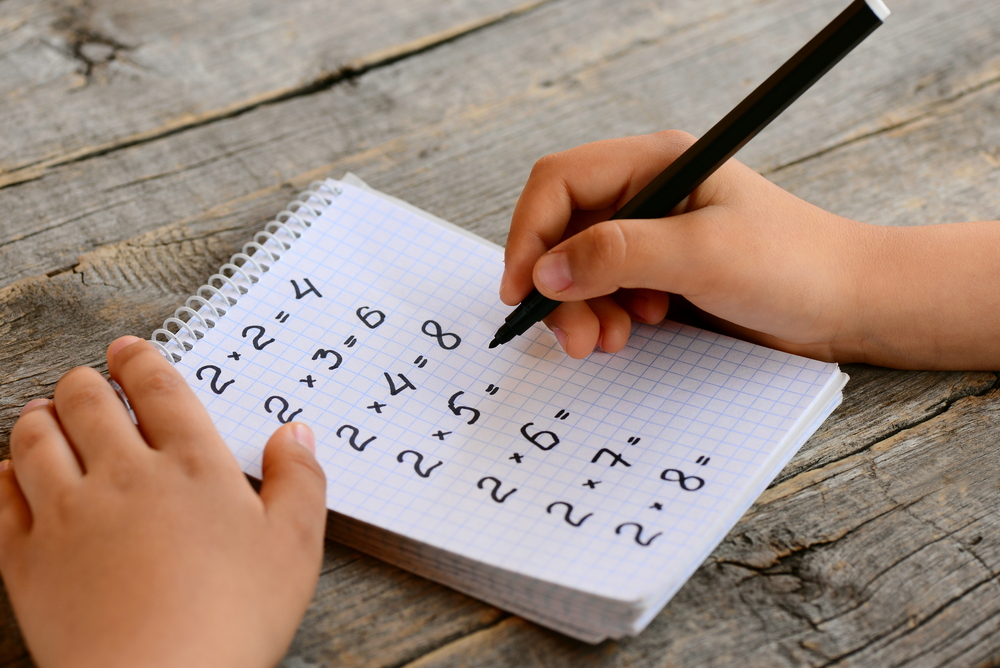
.jpg)


